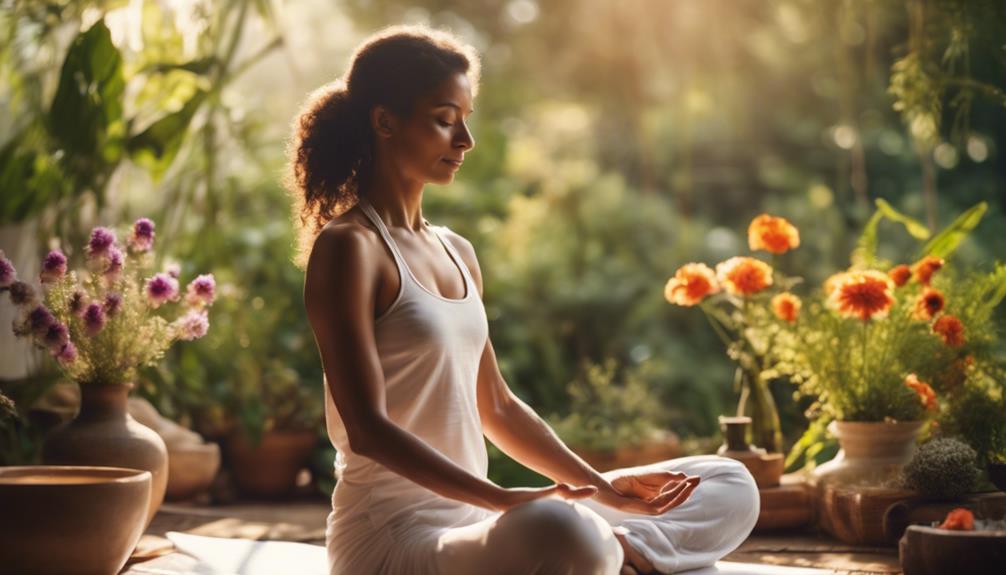When it comes to fitness and wellness, many people often find themselves wondering about the difference between yoga and Pilates. Although both practices emphasize mind-body connection and offer numerous health benefits, they have distinct philosophies and techniques. In this article, we’ll explore the key differences between yoga and Pilates, helping you make an informed decision about which practice suits your lifestyle and goals best.
Yoga vs. Pilates: Understanding the Key Differences
Yoga and Pilates are both popular forms of exercise that focus on flexibility, strength, and mental well-being. However, the fundamental philosophies behind the two practices differ significantly. Yoga is an ancient practice rooted in spiritual traditions, aiming to unify the body, mind, and spirit. It incorporates postures (asanas), breathing techniques (pranayama), and meditation to promote overall well-being. On the other hand, Pilates is a more modern fitness regime developed in the early 20th century by Joseph Pilates. It focuses on core strength, alignment, and muscle control, emphasizing physical rehabilitation and injury prevention.
Another key difference between yoga and Pilates lies in their approach to movement. Yoga encourages fluidity and relaxation, often flowing between poses in a sequence that promotes mindfulness. In contrast, Pilates emphasizes controlled movements targeting specific muscle groups, often using equipment like the reformer or stability balls. While both practices improve strength and flexibility, the intention behind each exercise is what sets them apart, with yoga often leaning towards spiritual development and Pilates focusing on physical conditioning.
What Sets Yoga Apart from Pilates: A Closer Look
One of the most distinguishing features of yoga is its integration of breathing techniques and meditation. Each yoga session typically includes pranayama, which helps practitioners develop greater awareness and control over their breath, ultimately leading to a deeper connection with the body and mind. This aspect of yoga fosters a sense of calm and inner peace, making it an ideal choice for those seeking stress relief and emotional balance. Furthermore, yoga classes can vary widely in style, from the gentle and restorative practices of Yin Yoga to the vigorous and dynamic flow of Vinyasa, providing something for everyone.
In comparison, Pilates places a strong emphasis on core stability and muscle control. The exercises are designed to strengthen the deep muscles of the abdomen, back, and hips, resulting in improved posture, balance, and overall body awareness. Pilates workouts are often more structured than yoga classes, focusing on specific movements and sequences to achieve targeted fitness goals. While breathing is important in Pilates, it serves more to facilitate movement than to promote a meditative state. This makes Pilates a fantastic option for those looking to enhance their physical fitness without the spiritual component.
Unpacking Yoga and Pilates: Which One’s Right for You?
Choosing between yoga and Pilates can be challenging, but understanding your personal goals and preferences can make the decision easier. If you’re seeking a holistic approach that encompasses physical fitness, mental clarity, and spiritual growth, yoga might be the ideal choice for you. It encourages self-exploration and mindfulness, helping you cultivate a deeper connection with yourself. Additionally, if you’re looking for a practice that offers variety and flexibility in terms of class styles, yoga has a multitude of options to explore.
On the other hand, if your primary focus is on building core strength, improving flexibility, and enhancing physical performance, Pilates may be the better fit. Its structured approach can be particularly beneficial for individuals recovering from injuries or those who want to target specific muscle groups effectively. Ultimately, both yoga and Pilates offer unique benefits, and many people find that incorporating elements of both practices into their routines can lead to a well-rounded fitness experience.
In conclusion, understanding the difference between yoga and Pilates can greatly impact your fitness journey. While yoga offers a path towards mindfulness and spiritual growth, Pilates provides a focused approach to physical conditioning and rehabilitation. By evaluating your personal goals, preferences, and what you hope to gain from your practice, you can choose the right path for yourself. Whether you decide to embrace the calming flows of yoga or the controlled movements of Pilates, both practices hold the potential to enhance your physical and mental well-being.
